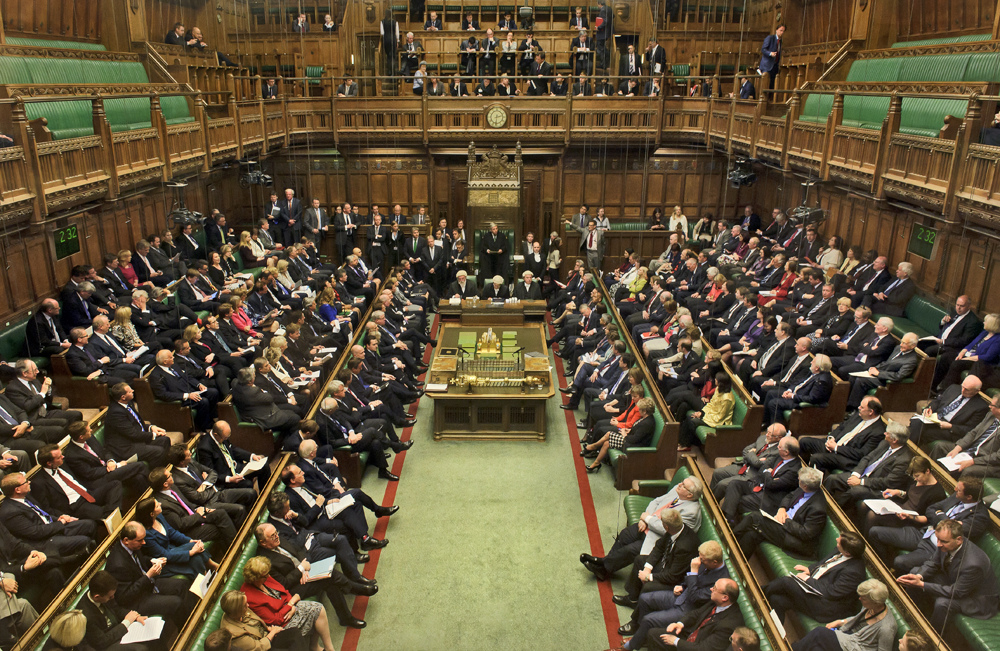
Parliament will convene today to kick off one of the most significant weeks in recent political history as Prime Minister Theresa May attempts to get her deal approved in order for Britain’s exit terms to be set in motion.
May will launch a last-ditch attempt to win support of MPs in a speech today warning them that they risk doing “catastrophic harm” to the public’s faith in democracy if they block her withdrawal deal in tomorrow’s crunch vote.
Forecasts suggest she could face the biggest defeat of a government in history – with some indications that as many as 430 MPs could shun her Brexit deal.
And owing to a controversial amendment passed last week May will have just three days to present a new Brexit plan if her current proposal is voted down.
Danielle Haralambous, UK analyst at The Economist Intelligence Unit (EIU), has outlined the five possible plans likely to prevail in the aftermath of Tuesday’s vote if she is defeated:
May’s deal (40 per cent probability)
After an initial defeat, Ms Haralambous says that she expects Mrs May to resume her campaign to get a version of the deal approved by parliament in a subsequent vote by pursuing further assurances from the EU on the terms of withdrawal, and particularly on the terms of the Irish backstop arrangement. The EIU assigns a 40 per cent probability to Mrs May getting a version of her deal ultimately approved by parliament.
Second referendum (30 per cent probability)
The task of getting a version of Mrs May’s deal approved will become more difficult if the margin of defeat in the upcoming meaningful vote is particularly large and/or the EU refuses to provide concessions that make the terms of the deal more palatable to UK MPs.
Ms Haralambous assigns a 30 per cent probability to a second referendum being called to break the political deadlock on how to proceed. She says that “the result of a second referendum will be strongly influenced by the questions it contains and how the vote is structured. Nevertheless, such a referendum will keep the deal negotiated by Mrs May a live political option. It also makes possible ‘no Brexit’ (for which the UK would revoke Article 50) and even ‘no deal’ (once the extended Article 50 window closes)”.
Norway plus (15 per cent probability)
An amendment to Brexit legislation has given MPs a say on the revised Brexit plan, and it is possible that cross-party support will build to keep the UK in the European Economic Area and a customs union—the so-called “Norway plus” option. The EIU assigns only a 15 per cent probability to this outcome, as MPs may fear being punished by voters for pursuing a Brexit path that retains free movement of labour—a central issue for “Leave” voters—and forces the UK to contribute to the EU budget and apply part of its policies without having a say on them.
General election (10 per cent probability)
Labour MPs may attempt to trigger a general election to break the political deadlock and give the party a chance to govern. However, the mechanisms for triggering an early election require a two-thirds majority in parliament or a motion of no confidence in the government to be passed. The EIU thinks that too many MPs would be worried about losing their seat in an election to support this option, the outcome of which would be highly uncertain.
No deal (5 per cent probability)
The remaining possibility is that, having made further failed attempts to get a version of the Brexit deal approved by parliament, the government will face the Article 50 deadline once again. This option could also be voted for in the second referendum. The EIU assigns only a 5 per cent probability to this outcome.